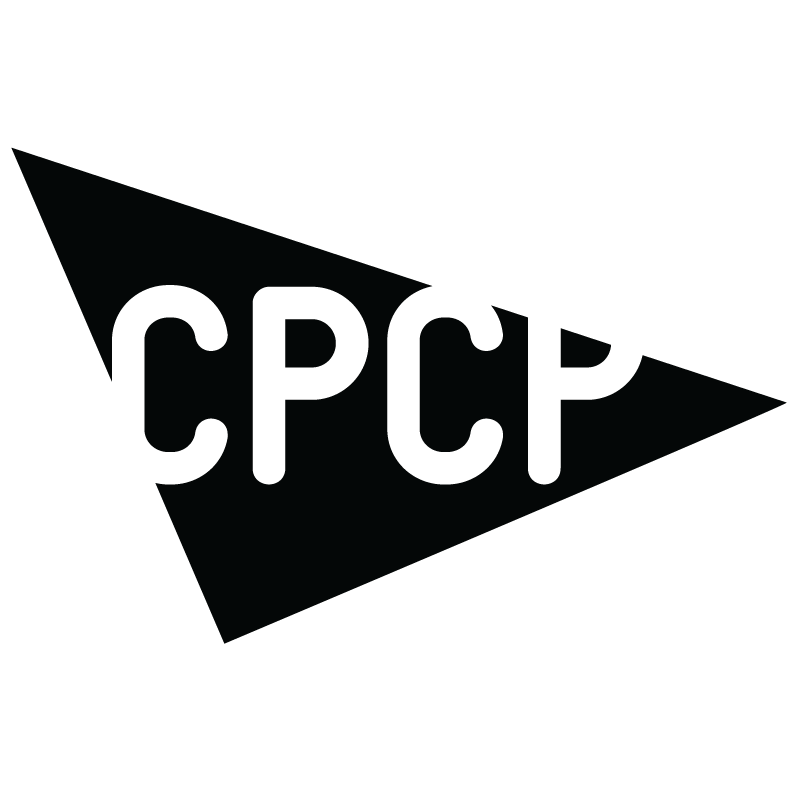Michael Rohd and cohort colleagues at the July 2019 LISC/NEA Local Leaders Institute for Creative Placemaking in Washington, DC
Ensemble, Learning Cohorts, and the Promise & Pitfalls of Technology
By Michael Rohd, CPCP Lead Artist for Civic Imagination
Today, within the universe of education, from K-12 to professional development, from community college to online certificates, the term ‘cohort model’ is frequently used to signal a commitment to progressive values around learning.
Every time I hear the word cohort, I wonder how it relates, in usage and meaning, to a word familiar in my world — ensemble.
I am on the board of the Network of Ensemble Theaters. I have been the artistic director of Sojourn Theatre, an ensemble theatre company, for nearly twenty years. I spent my own twenties (our ‘90s) helping to build over 100 young person performance ensembles focused on public health issues around the US. To me, ensemble describes a group of people working over time with a commitment to create together. Ensemble has embedded in it a set of values and practices visible by how each particular ensemble collaborates and makes decisions, what it creates, and what purpose it (the collective participants) intentionally serve through their creating.
Cohorts are often the foundation of programs meant to invite individual journeys of personal growth (be they educational, professional or creative) into a collective experience that leverages peer wisdom, resources and support. The same way an ensemble has embedded values and practices, so too does a cohort. But because cohorts are often convened, unlike ensembles which often generate from a shared starting impulse, a cohort’s convener is actually responsible for offering or co-creating the clarity of process and purpose that an ethical and healthy cohort requires.
Lately, I’m part of a lot of cohorts. In the past few weeks, I’ve spent time : in DC as a presenter/coach for a cohort of mostly rural project teams in the Local Leaders Institute on Creative Placemaking hosted by LISC and the NEA; in Cleveland making site visits and offering thought partnership with a cohort of CPCP/Cuyahoga Arts and Culture Learning Lab project teams; in Arizona with CPCP where we helped lead a gathering for a new cohort of ASU/HIDA Practice For Change Fellows from around the country. Each of these cohorts are comprised of artists, community development workers, folks who work for cities and counties. Since each cohort is made up of people living in this moment in time and in this place (the USA), each cohort inevitably, statistically, holds individual histories, systemic legacies, joyful assets and invisible traumas… and since each cohort is made up of people who have chosen to participate, each cohort’s members speak a desire to connect, grow, share and create.
In many ways, each cohort seems to me not unlike the many ensembles I have spent time with in rooms, for many years, making theatre.
Specific. Alive in context. Multitudinous. Present and ready.
… To build ensemble, you start by building community.
… To build ensemble, you make space for relationship and listening.
… To build ensemble, you practice asking difficult questions.
… To build ensemble, you commit to care, justice and healing.
… To build ensemble, you imagine together and you create together.
I think you can’t truly learn together, as a cohort, until these actions are in practice.
Until these values are visible.
Until your cohort is an ensemble.
I think as we see cohort learning increase as a methodology, and we simultaneously see a fast growth in virtual education spaces, it’s useful to prioritize what we feel is necessary for people to learn. Across sectors and geographies, issues of access and scalability are growing the demand for learning experiences that can be ‘delivered’ online. There is remarkable possibility for impact and innovation. There is also the danger that those of us creating learning platforms and content won’t pay enough attention and inadvertently design pathways for knowledge dissemination that fail to build ensemble.
Most of the learning currently offered online is aimed at and shaped for individual experience. And I believe people can learn individually.
But learning that involves bodies of knowledge and experience that focus on areas such as collaboration, emotional intelligence, a socio-political analysis of power, racial equity, whiteness- all of these demand, in addition to personal reflection, interaction and collective inquiry. That can’t happen without trust. Which means it can’t happen without building community.
As we push the technology of cohorts, no longer bound by proximity, around the globe and back, I hope we ask difficult questions. I hope we discover things we don’t expect. I hope we imagine what isn’t yet possible and argue for just and equitable approaches. In other words, I hope we operate as a cohort the same way we at Sojourn Theatre, and many other groups of consistent creative collaborators operate in rehearsal rooms — as an ensemble.

